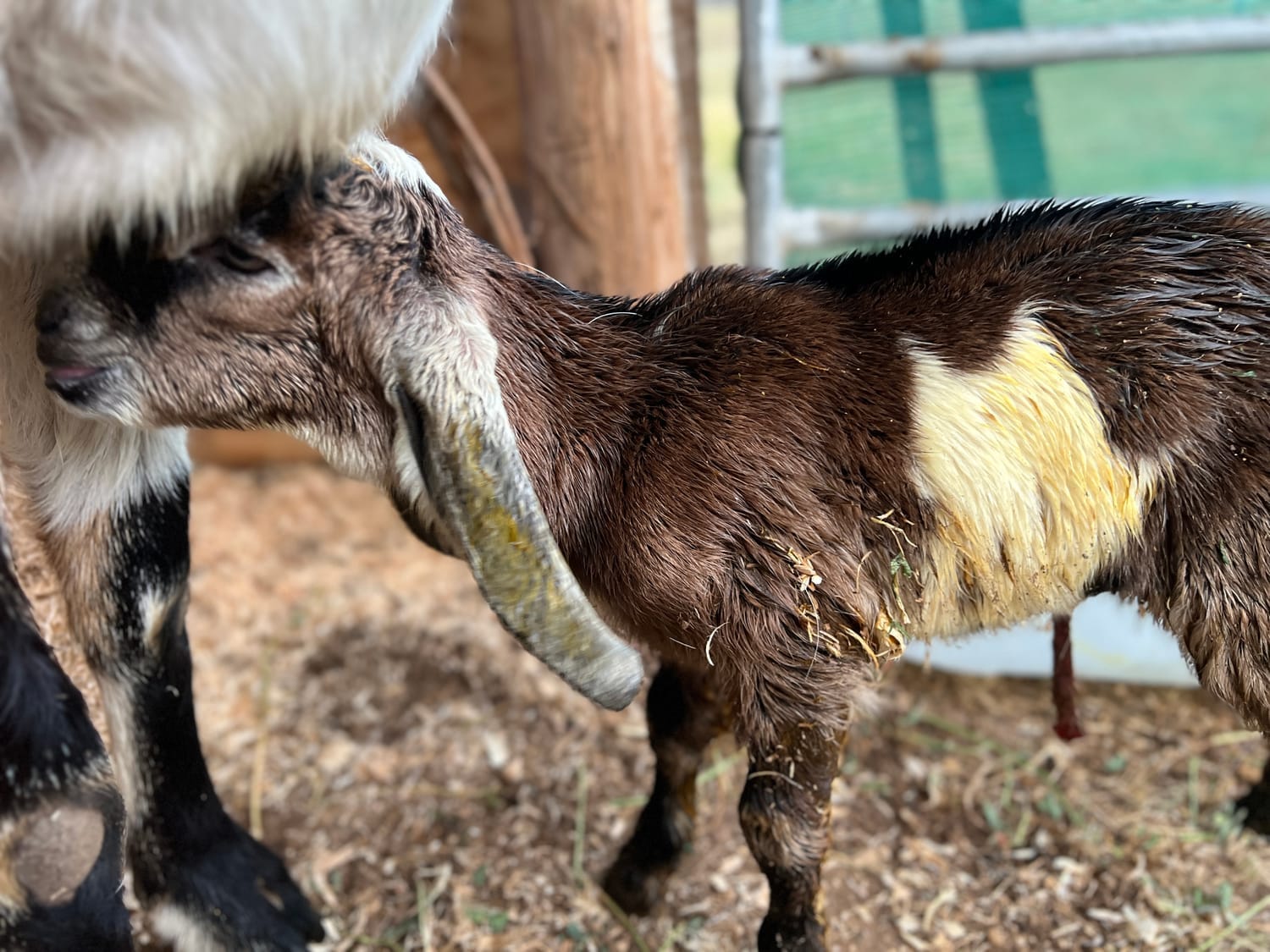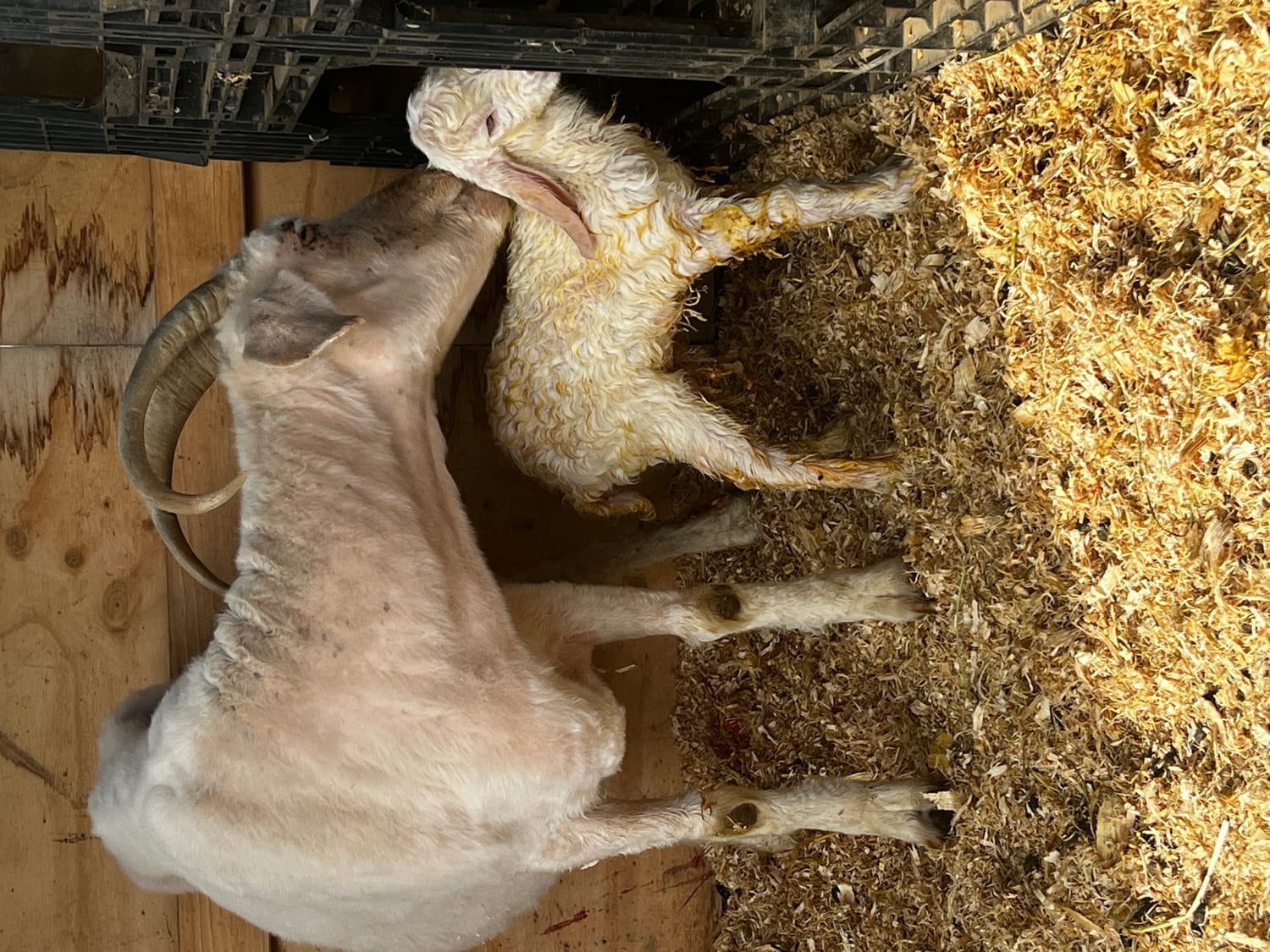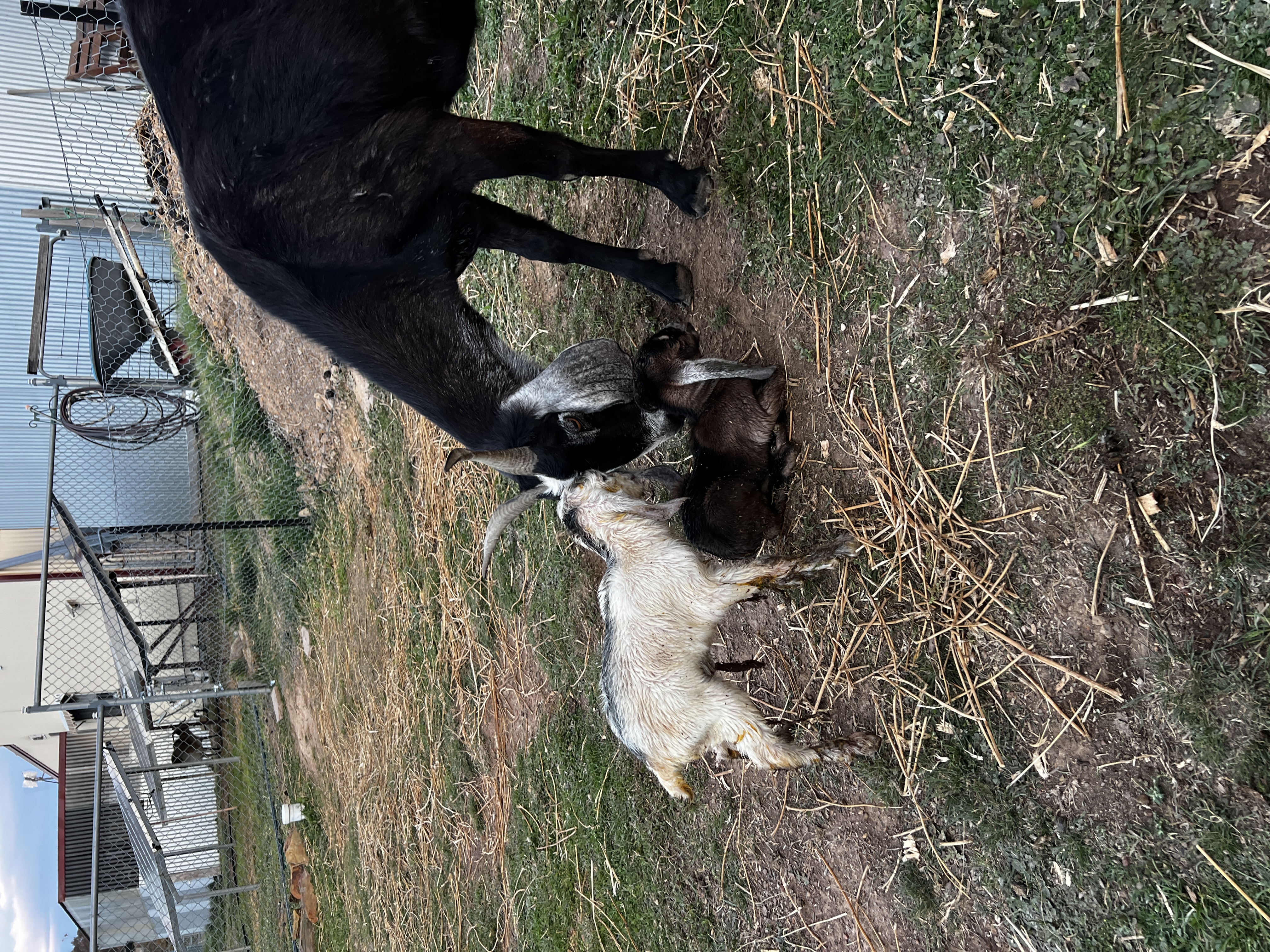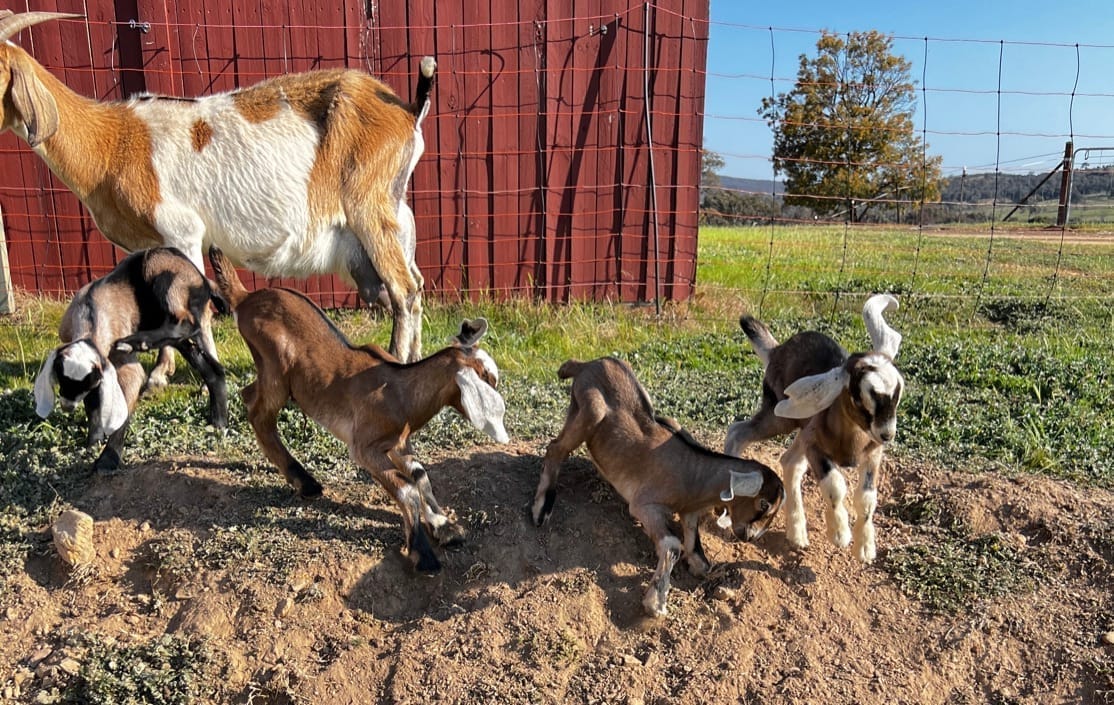
Doe Raised Kids
The Pros and Cons of Leaving Them on the Doe
Raising goat kids comes with its own set of joys and challenges, especially when deciding whether to leave them with the doe or bottle-feed them.
If you're a homesteader or farmer new to goat breeding, you're likely weighing the benefits and drawbacks of each method.
Leaving kids on the doe can simplify your daily chores, but it also brings unique issues to consider.
Let's explore the ins and outs of letting the doe handle the nurturing, so you can choose the path that fits your homesteading lifestyle best. For more insights on this topic, check out this discussion thread on raising kids naturally.
Benefits of Leaving Kids on the Doe

Letting nature take its course has several advantages for both the kids and your homesteading routine. Here are some key benefits to consider:
Immune System Boost
When kids nurse directly from their mother, they receive vital antibodies and nutrients that strengthen their immune systems. This natural process, especially in the first few days after birth, provides essential protection against diseases.
Colostrum, the first milk produced by the doe, is packed with antibodies and nutrients.
It's often called "liquid gold" for its immune-boosting properties. By allowing kids to nurse freely, you ensure they get this crucial first milk in its freshest, most potent form.
As the kids grow, continued nursing helps maintain their immune defenses. This can lead to healthier, more robust goats that are better equipped to fight off common illnesses.
Natural Weight Gain and Growth
Doe-raised kids often show steady, healthy weight gain. This is because the mother's milk production naturally adjusts to meet the kids' needs as they grow.
The doe's milk changes composition over time, providing the perfect balance of nutrients for each stage of the kid's development. This tailored nutrition supports optimal growth rates without the risk of overfeeding that can sometimes occur with bottle feeding.
Kids left with their mothers also learn to graze and forage earlier, which aids in their digestive development and prepares them for a diet of solid foods.
Challenges of Doe-Raising

While there are many benefits to letting the doe raise her kids, it's not without its challenges.
Here are some issues you might face:
Managing Milk Supply
When you share the doe's milk with her kids, it can be tricky to balance your needs with theirs. This is especially true if you're running a small dairy operation on your homestead.
You'll need to develop a routine that allows the kids to nurse while still reserving some milk for your use. This often involves separating the kids from the doe overnight and milking her in the morning before reuniting them.
Keep in mind that the doe's milk production can fluctuate based on the kids' demands. This might mean less predictable milk yields for your own use compared to bottle-raising methods.
Weaning Considerations
Weaning doe-raised kids can be more challenging than weaning bottle-fed ones. Kids that have been with their mother full-time may be more resistant to separation.
You'll need to plan for a gradual weaning process, which can take several weeks. This might involve separating the kids from the doe for increasing periods during the day.
Be prepared for some noisy protests from both the kids and the doe during this transition. It's a natural part of the process, but it can be stressful for everyone involved, including you!
Practical Tips for Doe-Raising

To make the most of doe-raising on your homestead, consider these practical strategies:
Night Weaning Strategy
Start separating kids from the doe at night when they're about a week old.
Milk the doe first thing in the morning before reuniting her with the kids.
Allow the kids and doe to spend the day together in the pasture.
Bring the kids in each evening, repeating the cycle.
This method lets you collect some milk while still allowing the kids to nurse during the day.
It also helps prepare the kids for eventual weaning.
Remember to be flexible. If you need to skip a day of milking, the kids will ensure the doe's udder is emptied, preventing issues like mastitis or a drop in milk supply.
Handling and Socializing Kids

Even though the kids are primarily with their mother, it's crucial to handle them regularly to ensure they're comfortable around humans.
Spend time each day petting and playing with the kids. This makes future handling for hoof trimming, health checks, and milking much easier.
Lead train the kids from an early age. This will make moving them between pastures or to the milking stand a breeze when they're older.
For female kids you plan to keep as milkers, gently touch their udders during handling sessions. This early exposure helps them accept milking more readily as adults. And even that doesn't guarantee you a calm transition to milking. Our Poppy was bottle raised and extensively handled, yet she still hates having her udder touched.
By following these tips, you can enjoy the benefits of doe-raising while minimizing potential challenges. Remember, every goat and every homestead is unique.
What works best for you might take some trial and error, but with patience and observation, you'll find the right balance for your goat-raising journey.
For more information on raising goats naturally, check out this helpful article on dam-raised goats. And if you're interested in learning about bottle-feeding methods, this resource on bottle feeding and weaning dairy goat kids offers valuable insights.
Lastly, for those interested in the scientific aspects of goat milk production, this study on the effects of milking frequency on milk yield in goats provides some fascinating data.
BY MOJO HOMESTEAD











